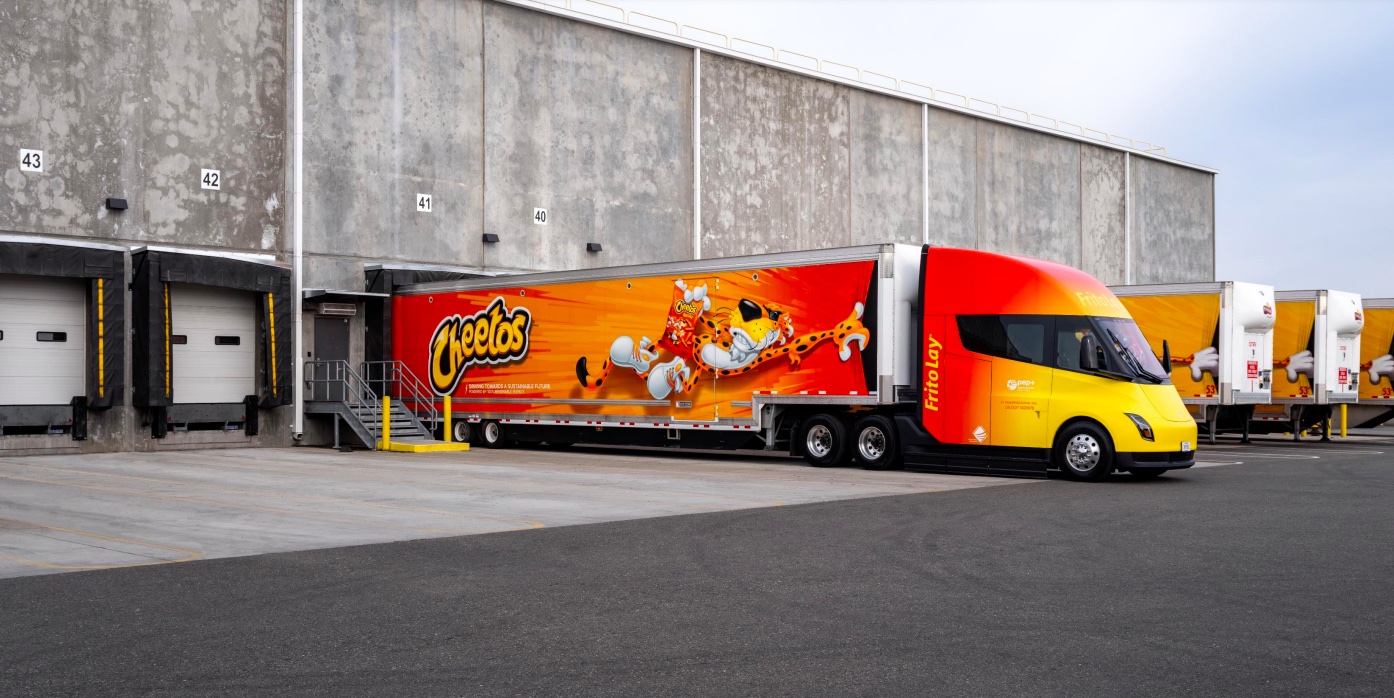
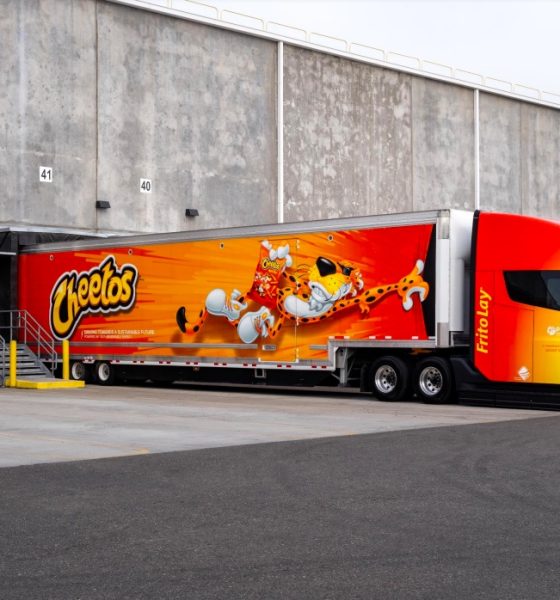
News
Tesla Semi production specs: powertrain, battery, Megacharger output, and more
The Tesla Semi has already been delivered to its first customers, but the actual production specs of the vehicle remain largely unknown or unconfirmed at best. Fortunately, a recent trip to PepsiCo’s Frito Lay facility in Modesto, Caifornia has provided some details that otherwise reveal the Tesla Semi production specs.
When Tesla held the first deliveries of the Semi, CEO Elon Musk highlighted that sustainable long-haulers are needed because in the transportation sector, semi trucks comprise about just 1% of vehicles on the road but they account for 20% of the emissions. Vehicles like the Tesla Semi are then designed to challenge this status quo.
Automotive publication MotorTrend was able to visit PepsiCo’s Modesto Frito Lay facility to check out the company’s first Tesla Semi units. As noted by the publication, the Modesto facility is a perfect fit for the Semi as the site already uses other green vehicles like BYD 8Y yard tractors, Peterbilt 220EV electric box trucks, and natural-gas-powered Volvo VNL trucks. The Tesla Semi fleet is used for out-and-back trips across the region.
The publication was able to gather some details about the Class 8 all-electric truck from its drivers and Tesla representatives who were at the location during the visit. Following are some key specs of the Tesla Semi.
Powertrain
The Tesla Semi features a modified Plaid tri-motor powertrain that’s spun backward. The Model S’ front motor drives the Semi’s rear axle and acts as the vehicle’s high-efficiency “highway drive unit.” The Model S Plaid’s dual rear motors, on the other hand, are installed on the rear axle. With this in mind, MotorTrend estimated that the Tesla Semi likely matches the Model S and Model X Plaid’s 1,020 horsepower and 1,050 pounds-feet of torque.
This estimate makes sense considering that a Tesla representative reportedly noted that the Tesla Semi makes “three times the power of an average diesel semi.” The US’ best-selling semi is the Freightliner Cascadia, whose base model features 350 horsepower. Three times the base Cascadia’s horsepower certainly aligns with the estimate that the Semi has about 1,020 horsepower. On a side note, the Tesla Semi production version does not have a frunk, unlike the vehicle’s prototype units.
Battery
Drivers of the Tesla Semi reportedly noted that the all-electric Class 8 truck is fitted with a 1,000 kWh battery pack. Tesla lists the Semi’s range as 500 miles per charge, and Elon Musk has also highlighted that the vehicle would consume only 2 kW per mile traveled.
If these estimates prove accurate, then the Semi’s 300-mile variant would likely have a battery pack that’s around 600 kWh. That’s still a lot of batteries, so Tesla would have to ensure that its production is optimized to ensure that the Semi is profitable.
Megacharger Output
The Tesla Semi features a charging port that’s different from all the vehicles that the company has released so far. The motoring publication noted that the Tesla Semi’s Megachargers installed on the Modesto facility could provide around 750 kW of power, or about three times the output of the company’s Supercharger V3 network.
The cables for the Tesla Semi’s Megachargers are thick, though they are reportedly easy to manage compared to some DC fast charging networks in the market. Charging the Semi from almost empty to 70% typically takes about 30 minutes. A full charge all the way to 100% reportedly takes around 90 minutes.
Physical Controls
While the Tesla Semi’s controls are mostly centered on its two infotainment systems, the vehicle also sports several physical buttons. Among these are the parking brake, trailer-brake air supply, and the vehicle’s hazards. Other physical controls include stalks similar to those found in the Tesla Model 3 and Model Y, though some buttons on the steering wheel resemble those in the new Model S and Model X.
Interior Space
The cabin of the Tesla Semi is cavernous, similar to the company’s other vehicles. MotorTrend noted that there’s enough space to enable a six-foot person to walk around and stretch in the Tesla Semi’s 3×7 foot cabin. So far, PepsiCo’s drivers seem to like the Semi, with some telling the motoring publication that the all-electric truck was very comfortable and “drove like a car.”
Other Details
The use of the Tesla Semi’s dual infotainment systems is quite interesting. The right display functions as the Tesla Semi’s main infotainment unit, while the left display exclusively shows pertinent information about the truck, such as its tire pressure. The windows in the Semi’s cabin also open when needed, though they do not roll down. Some space in the cabin also seem to be reserved for customers who wish to order the Tesla Semi with a sleeper cabin. Images taken of the Semi’s displays also confirm that the vehicle is equipped with Tesla’s Full Self-Driving computer.
Don’t hesitate to contact us with news tips. Just send a message to simon@teslarati.com to give us a heads up.

News
Tesla (TSLA) receives “Buy” rating and $551 PT from Canaccord Genuity
He also maintained a “Buy” rating for TSLA stock over the company’s improving long-term outlook, which is driven by autonomy and robotics.
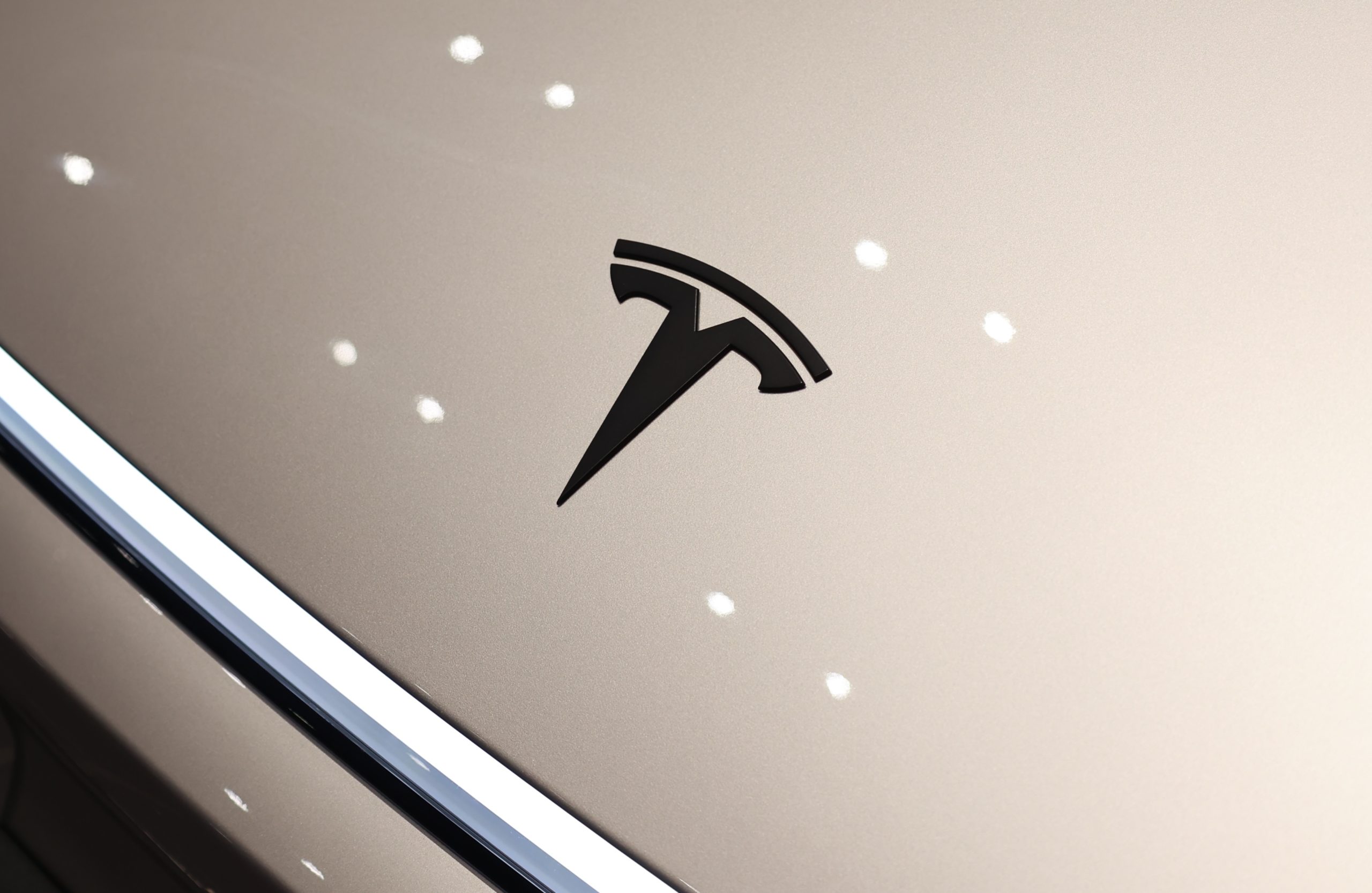
Canaccord Genuity analyst George Gianarikas raised his Tesla (NASDAQ:TSLA) price target from $482 to $551. He also maintained a “Buy” rating for TSLA stock over the company’s improving long-term outlook, which is driven by autonomy and robotics.
The analyst’s updated note
Gianarikas lowered his 4Q25 delivery estimates but pointed to several positive factors in the Tesla story. He noted that EV adoption in emerging markets is gaining pace, and progress in FSD and the Robotaxi rollout in 2026 represent major upside drivers. Further progress in the Optimus program next year could also add more momentum for the electric vehicle maker.
“Overall, yes, 4Q25 delivery expectations are being revised lower. However, the reset in the US EV market is laying the groundwork for a more durable and attractive long-term demand environment.
“At the same time, EV penetration in emerging markets is accelerating, reinforcing Tesla’s potential multi‑year growth runway beyond the US. Global progress in FSD and the anticipated rollout of a larger robotaxi fleet in 2026 are increasingly important components of the Tesla equity story and could provide sentiment tailwinds,” the analyst wrote.
Tesla’s busy 2026
The upcoming year would be a busy one for Tesla, considering the company’s plans and targets. The autonomous two-seat Cybercab has been confirmed to start production sometime in Q2 2026, as per Elon Musk during the 2025 Annual Shareholder Meeting.
Apart from this, Tesla is also expected to unveil the next-generation Roadster on April 1, 2026. Tesla is also expected to start high-volume production of the Tesla Semi in Nevada next year.
Apart from vehicle launches, Tesla has expressed its intentions to significantly ramp the rollout of FSD to several regions worldwide, such as Europe. Plans are also underway to launch more Robotaxi networks in several more key areas across the United States.
News
Waymo sues Santa Monica over order to halt overnight charging sessions
In its complaint, Waymo argued that its self-driving cars’ operations do not constitute a public nuisance, and compliance with the city’s order would cause the company irreparable harm.
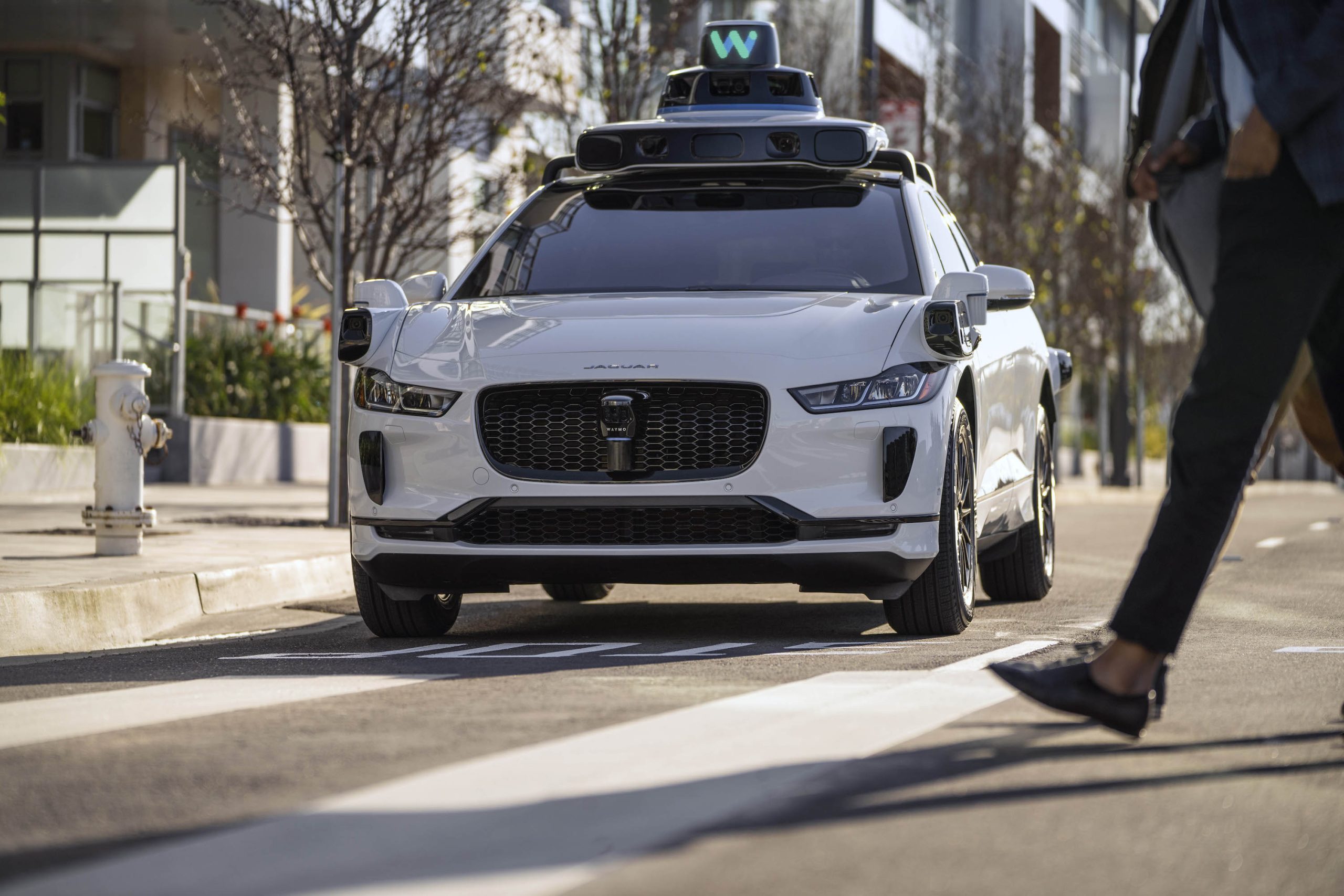
Waymo has filed a lawsuit against the City of Santa Monica in Los Angeles County Superior Court, seeking to block an order that requires the company to cease overnight charging at two facilities.
In its complaint, Waymo argued that its self-driving cars’ operations do not constitute a public nuisance, and compliance with the city’s order would cause the company irreparable harm.
Nuisance claims
As noted in a report from the Los Angeles Times, Waymo’s two charging sites at Euclid Street and Broadway have operated for about a year, supporting the company’s growing fleet with round-the-clock activity. Unfortunately, this has also resulted in residents in the area reportedly being unable to sleep due to incessant beeping from self-driving taxis that are moving in and out of the charging stations around the clock.
Frustrated residents have protested against the Waymos by blocking the vehicles’ paths, placing cones, and “stacking” cars to create backups. This has also resulted in multiple calls to the police.
Last month, the city issued an order to Waymo and its charging partner, Voltera, to cease overnight operations at the charging locations, stating that the self-driving vehicles’ activities at night were a public nuisance. A December 15 meeting yielded no agreement on mitigations like software rerouting. Waymo proposed changes, but the city reportedly insisted that nothing would satisfy the irate residents.
“We are disappointed that the City has chosen an adversarial path over a collaborative one. The City’s position has been to insist that no actions taken or proposed by Waymo would satisfy the complaining neighbors and therefore must be deemed insufficient,” a Waymo spokesperson stated.
Waymo pushes back
In its legal complaint, Waymo stated that its “activities at the Broadway Facilities do not constitute a public nuisance.” The company also noted that it “faces imminent and irreparable harm to its operations, employees, and customers” from the city’s order. The suit also stated that the city was fully aware that the Voltera charging sites would be operating around the clock to support Waymo’s self-driving taxis.
The company highlighted over one million trips in Santa Monica since launch, with more than 50,000 rides starting or ending there in November alone. Waymo also criticized the city for adopting a contentious strategy against businesses.
“The City of Santa Monica’s recent actions are inconsistent with its stated goal of attracting investment. At a time when the City faces a serious fiscal crisis, officials are choosing to obstruct properly permitted investment rather than fostering a ‘ready for business’ environment,” Waymo stated.
News
Tesla FSD v14.2.2 is getting rave reviews from drivers
So far, early testers have reported buttery-smooth drives with confident performance, even at night or on twisty roads.
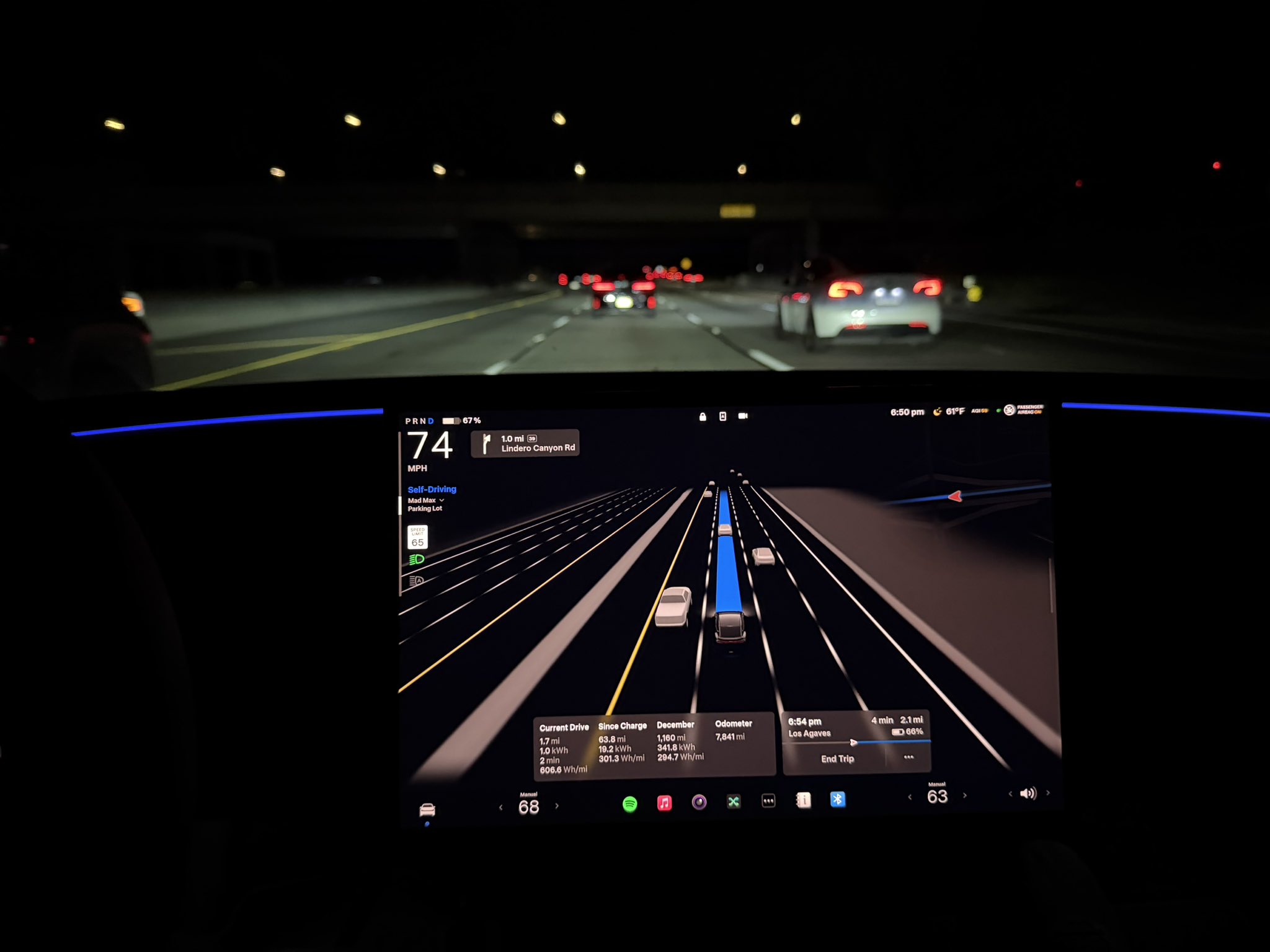
Tesla Full Self-Driving (Supervised) v14.2.2 is receiving positive reviews from owners, with several drivers praising the build’s lack of hesitation during lane changes and its smoother decision-making, among others.
The update, which started rolling out on Monday, also adds features like dynamic arrival pin adjustment. So far, early testers have reported buttery-smooth drives with confident performance, even at night or on twisty roads.
Owners highlight major improvements
Longtime Tesla owner and FSD user @BLKMDL3 shared a detailed 10-hour impression of FSD v14.2.2, noting that the system exhibited “zero lane change hesitation” and “extremely refined” lane choices. He praised Mad Max mode’s performance, stellar parking in locations including ticket dispensers, and impressive canyon runs even in dark conditions.
Fellow FSD user Dan Burkland reported an hour of FSD v14.2.2’s nighttime driving with “zero hesitations” and “buttery smooth” confidence reminiscent of Robotaxi rides in areas such as Austin, Texas. Veteran FSD user Whole Mars Catalog also demonstrated voice navigation via Grok, while Tesla owner Devin Olsen completed a nearly two-hour drive with FSD v14.2.2 in heavy traffic and rain with strong performance.
Closer to unsupervised
FSD has been receiving rave reviews, even from Tesla’s competitors. Xpeng CEO He Xiaopeng, for one, offered fresh praise for FSD v14.2 after visiting Silicon Valley. Following extended test drives of Tesla vehicles running the latest FSD software, He stated that the system has made major strides, reinforcing his view that Tesla’s approach to autonomy is indeed the proper path towards autonomy.
According to He, Tesla’s FSD has evolved from a smooth Level 2 advanced driver assistance system into what he described as a “near-Level 4” experience in terms of capabilities. While acknowledging that areas of improvement are still present, the Xpeng CEO stated that FSD’s current iteration significantly surpasses last year’s capabilities. He also reiterated his belief that Tesla’s strategy of using the same autonomous software and hardware architecture across private vehicles and robotaxis is the right long-term approach, as it would allow users to bypass intermediate autonomy stages and move closer to Level 4 functionality.








